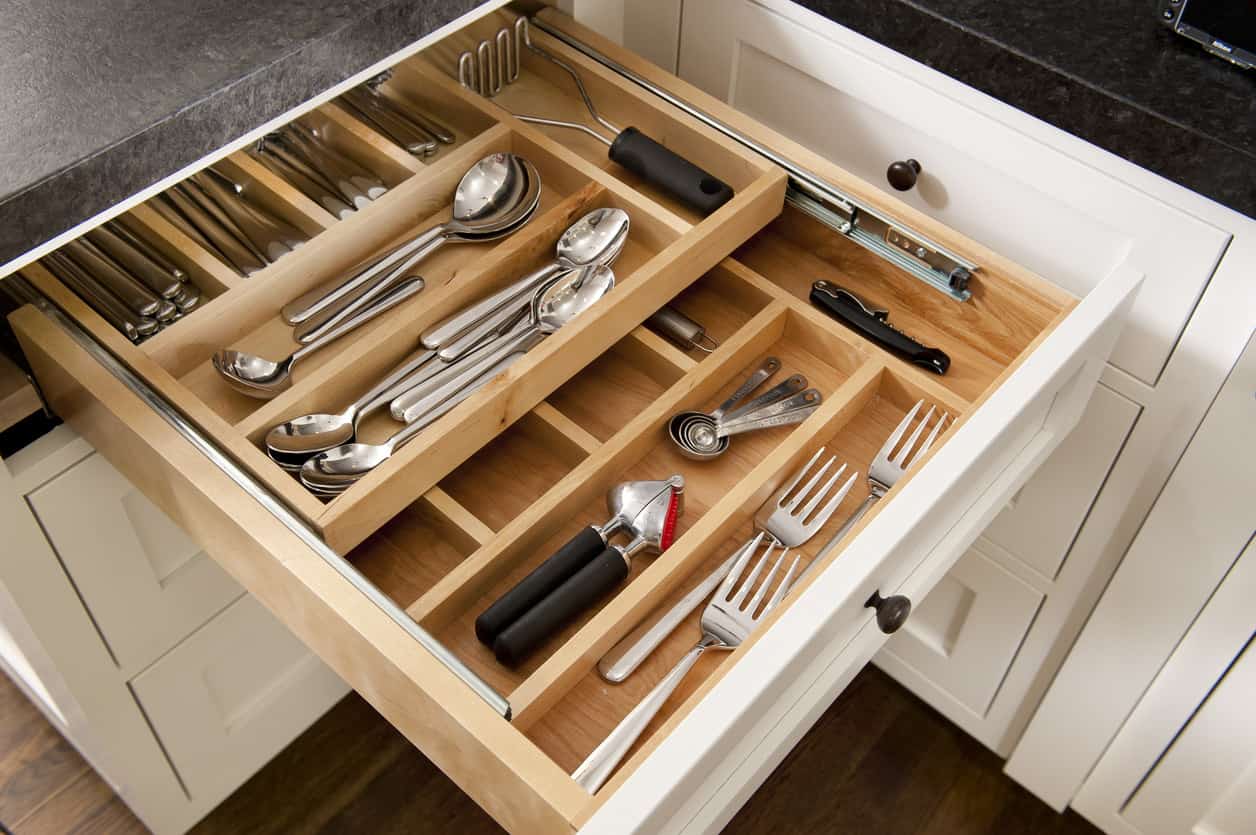

Articles
How To Store Kitchen Utensils
Modified: May 6, 2024
Looking for storage solutions for your kitchen utensils? Check out our articles on how to store and organize your kitchen tools efficiently and maximize your space.
(Many of the links in this article redirect to a specific reviewed product. Your purchase of these products through affiliate links helps to generate commission for Storables.com, at no extra cost. Learn more)
Introduction
Welcome to the world of culinary delights! The kitchen is often considered the heart of the home, and a well-stocked array of kitchen utensils is essential for any aspiring chef or avid home cook. However, with a multitude of utensils at your disposal, it’s easy for your kitchen drawers and cabinets to become cluttered and disorganized. This can not only hinder your cooking efficiency but also take away the joy of working in a clean and functional space.
Fortunately, by implementing effective storage solutions and adopting good organizational practices, you can transform your kitchen utensil storage from chaos to order. In this article, we will guide you through the process of assessing, decluttering, and organizing your kitchen utensils, as well as provide specific storage recommendations and space-saving solutions. Whether you’re an experienced cook looking to revamp your kitchen or a beginner in need of some organization inspiration, we’ve got you covered!
So, grab your apron and prepare to embark on a journey towards a more efficient and visually appealing kitchen. We’ll show you how to store your kitchen utensils like a pro, making your cooking adventures an absolute pleasure. Let’s get started!
Key Takeaways:
- Assess, declutter, and organize your kitchen utensils to create a streamlined and efficient storage system. Prioritize essential items, choose appropriate storage solutions, and maintain cleanliness for a functional and visually appealing kitchen.
- Utilize creative and space-saving storage solutions, such as drawer dividers, hanging utensils, and magnetic strips, to maximize space and add visual interest to your kitchen. Regularly declutter and maintain your organized utensil storage system for long-term efficiency.
Assessing your kitchen utensil collection
Before diving into the process of organizing your kitchen utensils, it’s important to take a step back and assess your current collection. This will help you determine which utensils are essential, which ones are rarely used, and which ones might be taking up valuable space. Here are some tips to help you effectively assess your kitchen utensil collection:
- Take everything out: Empty out all your kitchen drawers and cabinets that house your utensils. This will give you a clear visual of what you have and help you avoid overlooking any items.
- Sort and categorize: Group similar utensils together. You can categorize them into groups such as cooking utensils, baking utensils, serving utensils, and specialized utensils. This will make it easier to determine which utensils you have an abundance of and which ones you may need to purchase or get rid of.
- Evaluate usefulness and condition: As you sort through your utensils, ask yourself if each item serves a purpose in your cooking routine. Consider the condition of the utensil as well. If it’s broken, rusted, or no longer functional, it’s time to let it go.
- Consider frequency of use: Take note of the utensils you use on a regular basis and those that rarely see the light of day. This will help you prioritize the utensils that need to be easily accessible versus the ones that can be stored away.
By assessing your kitchen utensil collection, you’ll gain a better understanding of what you have and what you truly need. This will guide you in the decluttering process and help you create an organized system that suits your cooking style and preferences. Let’s move on to the next step – decluttering and organizing your kitchen utensils!
Decluttering and organizing your kitchen utensils
Now that you’ve assessed your kitchen utensil collection, it’s time to dive into the decluttering and organizing process. By following these steps, you’ll be able to create a streamlined and efficient storage system for your utensils:
Sorting and categorizing utensils
Start by sorting your utensils into categories based on their functions. Group together knives, spoons, forks, cooking utensils, baking utensils, and any specialized utensils. This will help you visualize the quantity and type of each utensil you have.
Purging unnecessary or duplicate utensils
Next, go through each category and identify any unnecessary or duplicate utensils. Consider if you truly need multiple variations of the same utensil or if they can be pared down to a more manageable number. Set aside the utensils that you no longer need or rarely use.
Read more: How To Store Cooking Utensils
Creating a designated storage space for utensils
Identify a specific area in your kitchen where you want to store your utensils. It can be a drawer, a cabinet, or even a hanging rack. The key is to have a designated space that is easily accessible and convenient for your cooking needs.
Choosing appropriate storage containers or organizers
Select the appropriate storage containers or organizers based on the nature and quantity of your utensils. Drawer organizers, dividers, and trays are great for keeping utensils neatly separated and easily accessible. If you prefer to hang your utensils, consider a wall-mounted rack or pegboard system. Storing utensils in glass jars or crocks on the countertop can also add a touch of charm to your kitchen.
Remember, the goal is to create an organized and functional system that works for you. Consider your kitchen layout, available space, and personal preferences when choosing the right storage solutions for your utensils. With a clear plan in mind, let’s move on to the next step – properly cleaning and maintaining your kitchen utensils!
Properly cleaning and maintaining kitchen utensils
Keeping your kitchen utensils clean and well-maintained is not only important for hygiene but also for their longevity. Here are some tips to ensure that your utensils stay in top shape:
Handwashing utensils
For most utensils, handwashing is the preferred method of cleaning. Use warm soapy water and a sponge or dishcloth to gently wash each utensil, paying attention to any crevices or hard-to-reach areas. Rinse thoroughly and dry with a clean dish towel.
For utensils that have come into contact with raw meat, poultry, or seafood, it’s especially important to use hot, soapy water and scrub them thoroughly to avoid cross-contamination. Also, consider using separate cutting boards and utensils for raw and cooked foods to minimize the risk of foodborne illnesses.
Dishwasher safety tips
While some utensils are dishwasher safe, others are not. Check the manufacturer’s instructions or labels on your utensils to determine if they can be safely cleaned in the dishwasher. Utensils with wooden handles or delicate materials may need to be hand-washed to avoid damage.
If using the dishwasher, place utensils in the designated utensil holder or rack to prevent them from moving around and potentially causing damage to the dishwasher or other utensils. Ensure that sharp knives are placed with their blades facing downward to avoid injury when unloading them.
Proper drying and storing techniques
After cleaning, it’s essential to thoroughly dry your utensils before storing them. Moisture can lead to rust and mold growth, which can compromise the integrity of your utensils. Use a dish towel or allow them to air dry completely before placing them in their designated storage space.
When storing utensils, avoid overcrowding them, as this can lead to tangling, scratching, or damage. Make sure each utensil has its own space and is not in direct contact with other utensils to prevent unwanted wear and tear.
By following these cleaning and maintenance tips, you’ll ensure that your kitchen utensils remain clean, safe, and functional for years to come. Now that your utensils are sparkling clean, let’s explore specific storage recommendations for different types of utensils!
Specific storage recommendations for different types of utensils
When it comes to storing kitchen utensils, different types may require specific storage solutions to ensure their safety and accessibility. Here are some recommendations for storing various types of utensils:
Knives and cutting utensils
Proper storage of knives is essential to prevent accidents and maintain their sharpness. Consider using a knife block or magnetic knife strip to keep your knives organized and within reach. Make sure the blades are facing upward or are safely enclosed to avoid any accidental cuts. Alternatively, you can invest in blade guards or sheaths for each knife to protect both the blades and your fingers.
Read more: Best Defrosting Trays for Faster Meal Preps
Spoons, forks, and serving utensils
For spoons, forks, and serving utensils, utilizing a utensil tray or divider in a kitchen drawer is an efficient way to keep them organized. Sort them by type and size to make it easier to find what you need. Alternatively, you can hang these utensils on hooks or a wall-mounted rack for a decorative and accessible storage option.
Cooking utensils
Cooking utensils like spatulas, ladles, and slotted spoons can be stored in a countertop utensil holder or stored in a cooking utensil crock near your stovetop for quick and easy access. If drawer space is limited, you can also use a wall-mounted rail with hooks to hang these utensils within convenient reach.
Baking utensils
Baking utensils such as measuring cups, mixing spoons, and whiskers can be stored in a dedicated drawer or cabinet near your baking area. Consider using dividers or smaller containers within the drawer to keep these utensils neatly organized and easily accessible when you need them.
Specialized utensils (whisks, spatulas, tongs, etc.)
For specialized utensils like whisks, spatulas, tongs, and other kitchen gadgets, utilizing a utensil jar or crock on the countertop can be a convenient storage solution. This keeps these utensils within reach while adding a decorative touch to your kitchen counter.
Remember, the key to effective storage is to keep similar utensils grouped together and easily accessible based on your cooking habits and preferences. With the right storage solutions, your kitchen utensils will be well-organized and readily available for all your culinary adventures. Now, let’s explore some creative and space-saving storage solutions!
Read more: How To Store Utensils Without Drawers
Creative and space-saving storage solutions
When it comes to storing kitchen utensils, it’s not just about finding the right containers or organizers. Thinking outside the box and exploring creative storage solutions can help you maximize space and add visual interest to your kitchen. Here are some ideas for creative and space-saving storage solutions:
Utilizing drawer dividers or inserts
Drawer dividers or inserts are perfect for separating and organizing utensils within a drawer. They come in various sizes and configurations to fit different utensil types. By using dividers, you can create compartments for specific utensils and prevent them from getting tangled or mixed up.
Hanging utensils on a wall or backsplash
If you have limited drawer and cabinet space, consider hanging your utensils on a wall or backsplash. Install hooks or a rail system that allows you to hang utensils within easy reach. This not only frees up valuable drawer space but also adds a decorative element to your kitchen. Just make sure to hang them securely and be mindful of any space limitations.
Utilizing magnetic strips or racks
Magnetic strips or racks are a fantastic way to store metal utensils such as knives, whisks, and metal spatulas. Mount the magnetic strip on the wall or inside a cabinet and attach the utensils to it. This not only keeps them organized and easily accessible but also adds a sleek and modern touch to your kitchen.
Using countertop or cabinet organizers
Countertop or cabinet organizers can help optimize storage space for utensils. Consider using stacking shelves or small bins to create additional vertical storage within your cabinets. This allows you to maximize the space and keep utensils neatly organized.
Don’t be afraid to get creative and mix and match different storage solutions to fit your unique kitchen layout and storage needs. The key is to find solutions that allow easy access to your utensils while optimizing the available space. Now that we’ve explored various storage solutions, let’s discuss some tips for maintaining an organized utensil storage system!
Tips for maintaining an organized utensil storage system
Once you have organized your kitchen utensils and implemented a storage system, it’s important to maintain it for long-term organization and efficiency. Here are some tips to help you maintain an organized utensil storage system:
Regularly decluttering and reevaluating utensil collection
Regularly decluttering your utensil collection will prevent it from becoming overwhelming and overcrowded. Set aside some time every few months to reevaluate your utensils and determine if there are any items you no longer need or use. This will help keep your storage space streamlined and ensure you only keep what is necessary.
Staying consistent with the organizing system
Consistency is key when maintaining an organized utensil storage system. Once you’ve established a system that works for you, make a conscious effort to adhere to it. Always return utensils to their designated storage space after use, whether it’s a drawer, organizer, or hanging rack. This will help avoid clutter and keep your kitchen in order.
Promptly cleaning and returning utensils after use
Getting into the habit of promptly cleaning and returning utensils to their designated storage space after each use will help prevent them from piling up in the sink or on the countertop. Wash and dry utensils as soon as you’re done using them, and make it a habit to immediately return them to their designated storage location. This will promote cleanliness and prevent the accumulation of dirty utensils.
By regularly decluttering, staying consistent with your organizing system, and practicing good cleaning habits, you can maintain an organized and efficient utensil storage system. Keeping your utensils organized not only makes your cooking experience more enjoyable but also saves you time and effort in the long run.
With these tips in mind, you’re well on your way to achieving and maintaining a well-organized kitchen utensil storage system. Happy organizing!
Conclusion
Congratulations! You’ve reached the end of our guide on how to store kitchen utensils like a pro. By following the steps outlined in this article, you can turn your cluttered and disorganized kitchen utensil collection into a streamlined and efficient storage system. Not only will this make your cooking experience more enjoyable, but it will also save you time and effort in the kitchen.
Remember to start by assessing your utensil collection, sorting and categorizing them, and purging any unnecessary or duplicate items. Creating a designated storage space for your utensils and choosing appropriate containers or organizers will further enhance your organization efforts. Properly cleaning and maintaining your utensils is also crucial for their longevity and hygiene.
For specific types of utensils, such as knives, serving utensils, cooking utensils, baking utensils, and specialized utensils, we provided targeted storage recommendations. Additionally, we explored creative and space-saving storage solutions, such as drawer dividers, hanging utensils, magnetic strips, and countertop or cabinet organizers.
To maintain an organized utensil storage system, remember to regularly declutter, stay consistent with your organizing system, and promptly clean and return utensils after use. These practices will help you preserve the cleanliness and functionality of your kitchen.
We hope that the tips and suggestions provided in this article have inspired you to revamp and optimize your kitchen utensil storage. Remember, an organized kitchen leads to a more enjoyable cooking experience, allowing you to unleash your creativity and culinary skills.
Now, it’s time to roll up your sleeves, declutter those utensils, and create an organized oasis in your kitchen. Enjoy the process, and may your utensils always be within easy reach as you embark on countless culinary adventures!
Feeling cramped in your cooking space? Learn how to make the most out of every corner with our essential guide on kitchen organization. Also, delve into expert insights with our article featuring top advice from a leading kitchen designer on perfecting your storage setup. With these resources, you're well on your way to making your kitchen both stylish and functional.
Frequently Asked Questions about How To Store Kitchen Utensils
Was this page helpful?
At Storables.com, we guarantee accurate and reliable information. Our content, validated by Expert Board Contributors, is crafted following stringent Editorial Policies. We're committed to providing you with well-researched, expert-backed insights for all your informational needs.
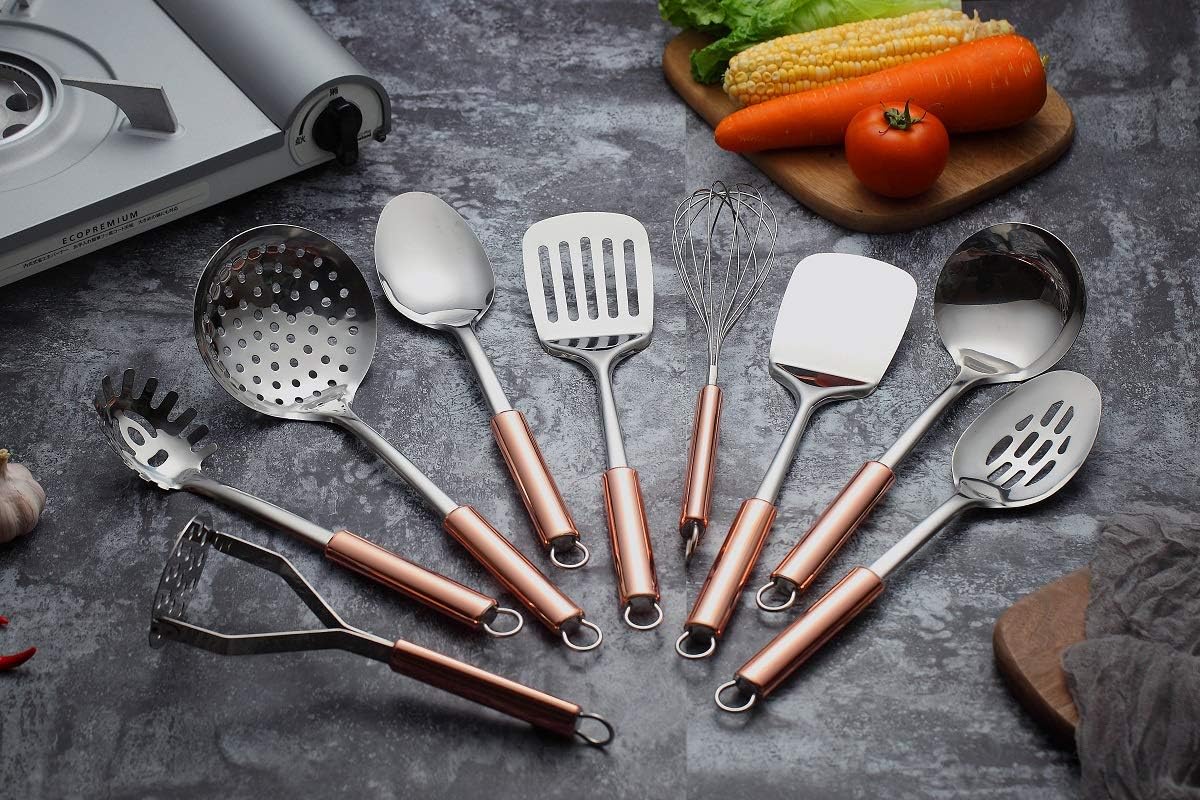
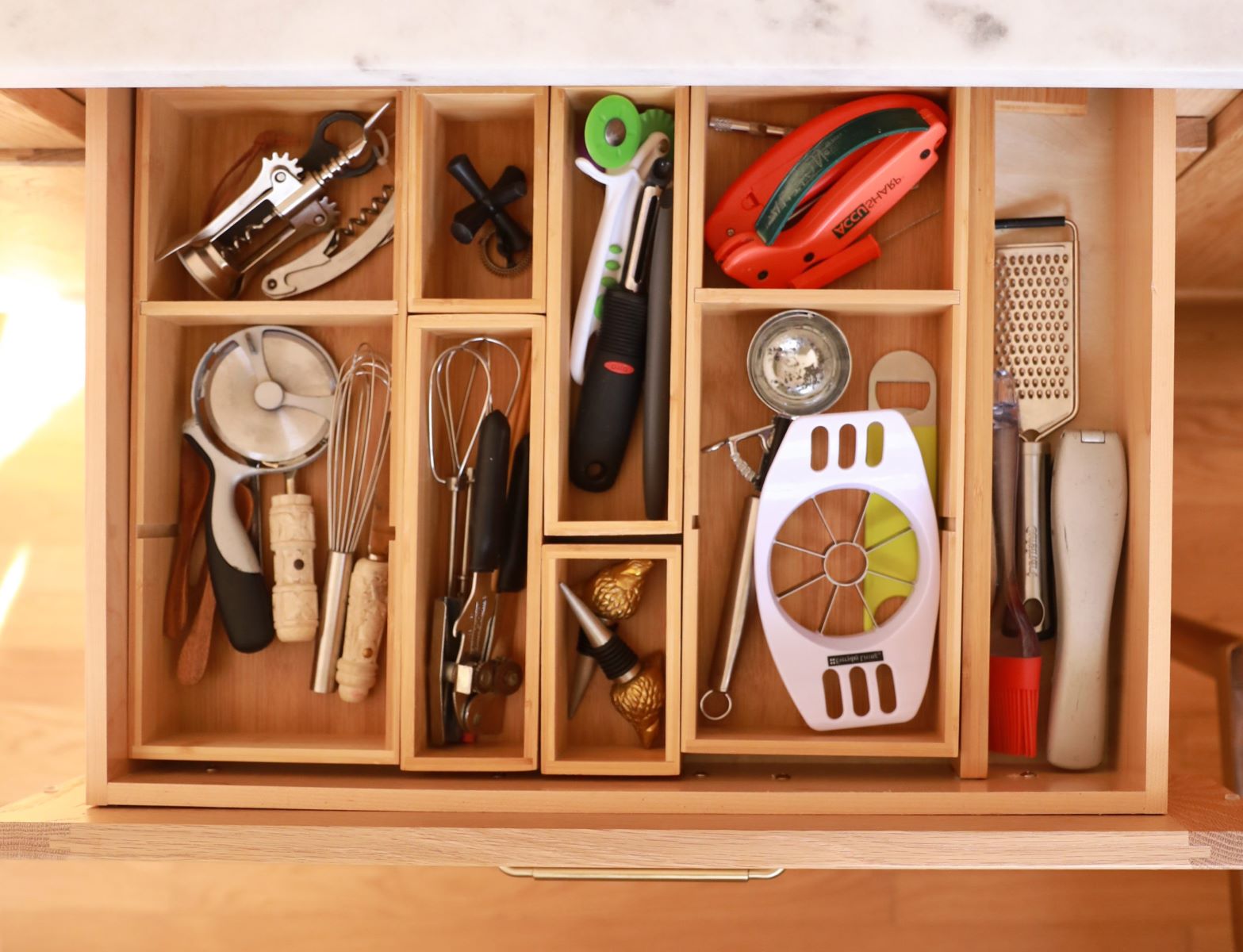
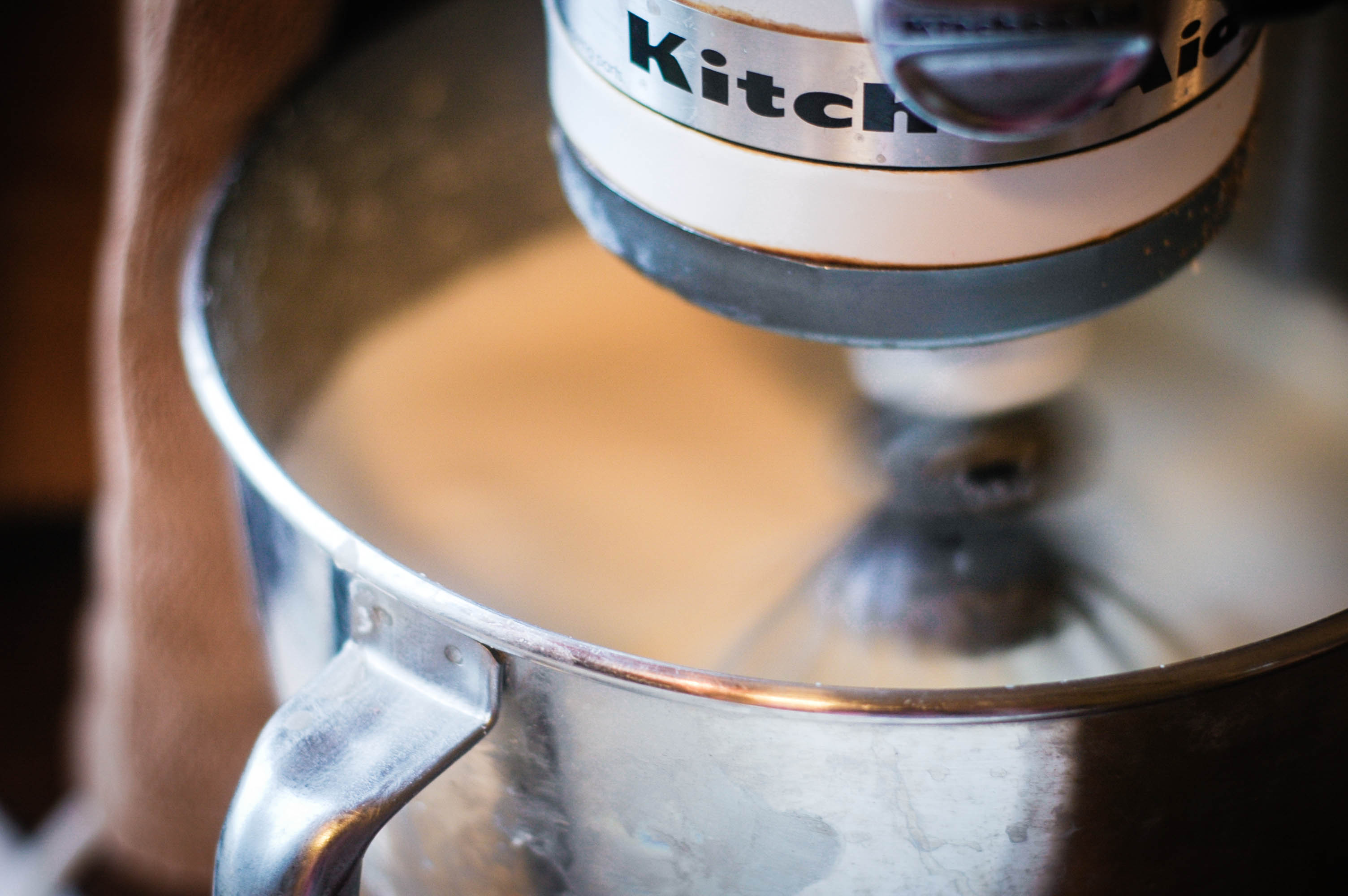
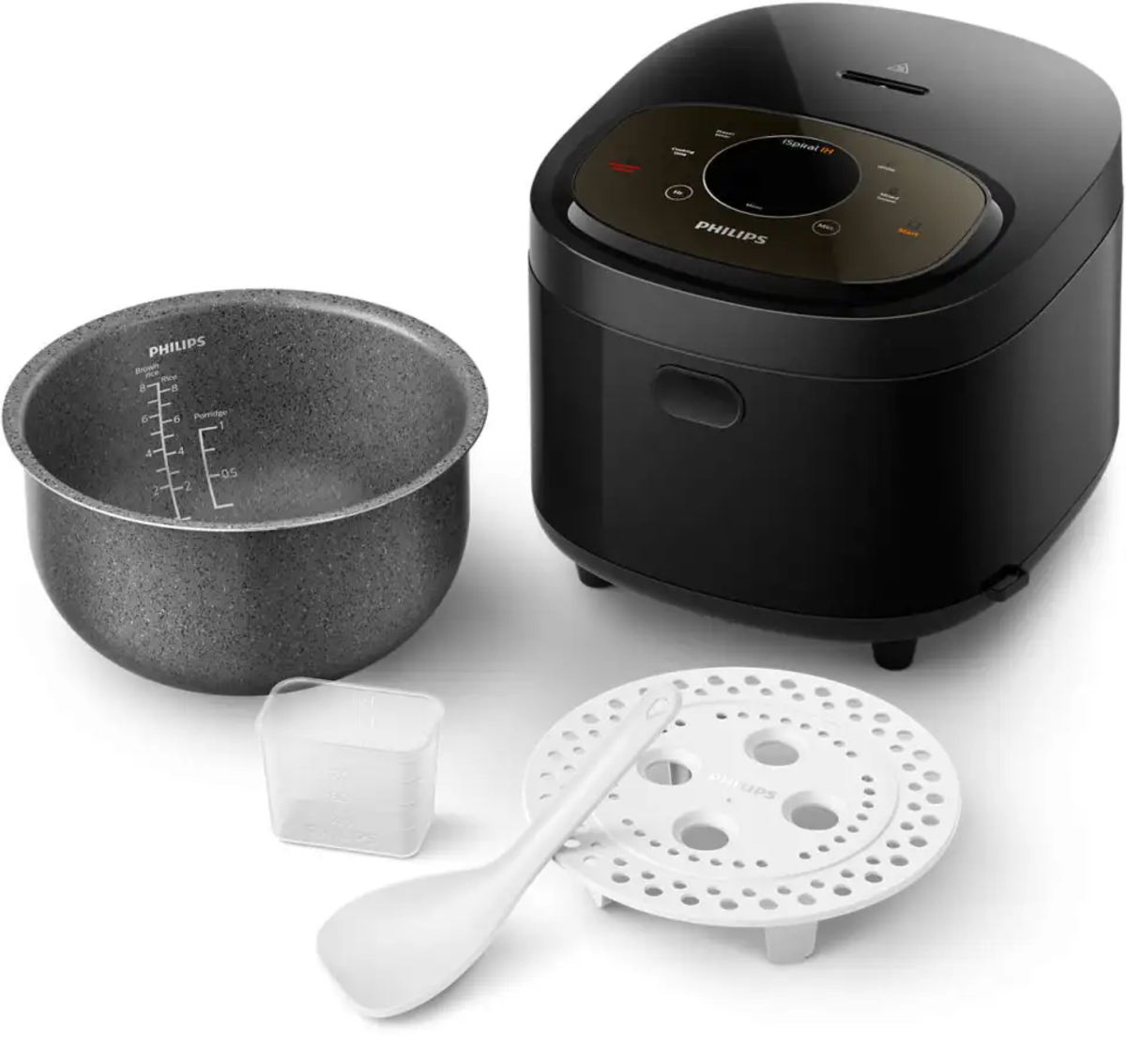
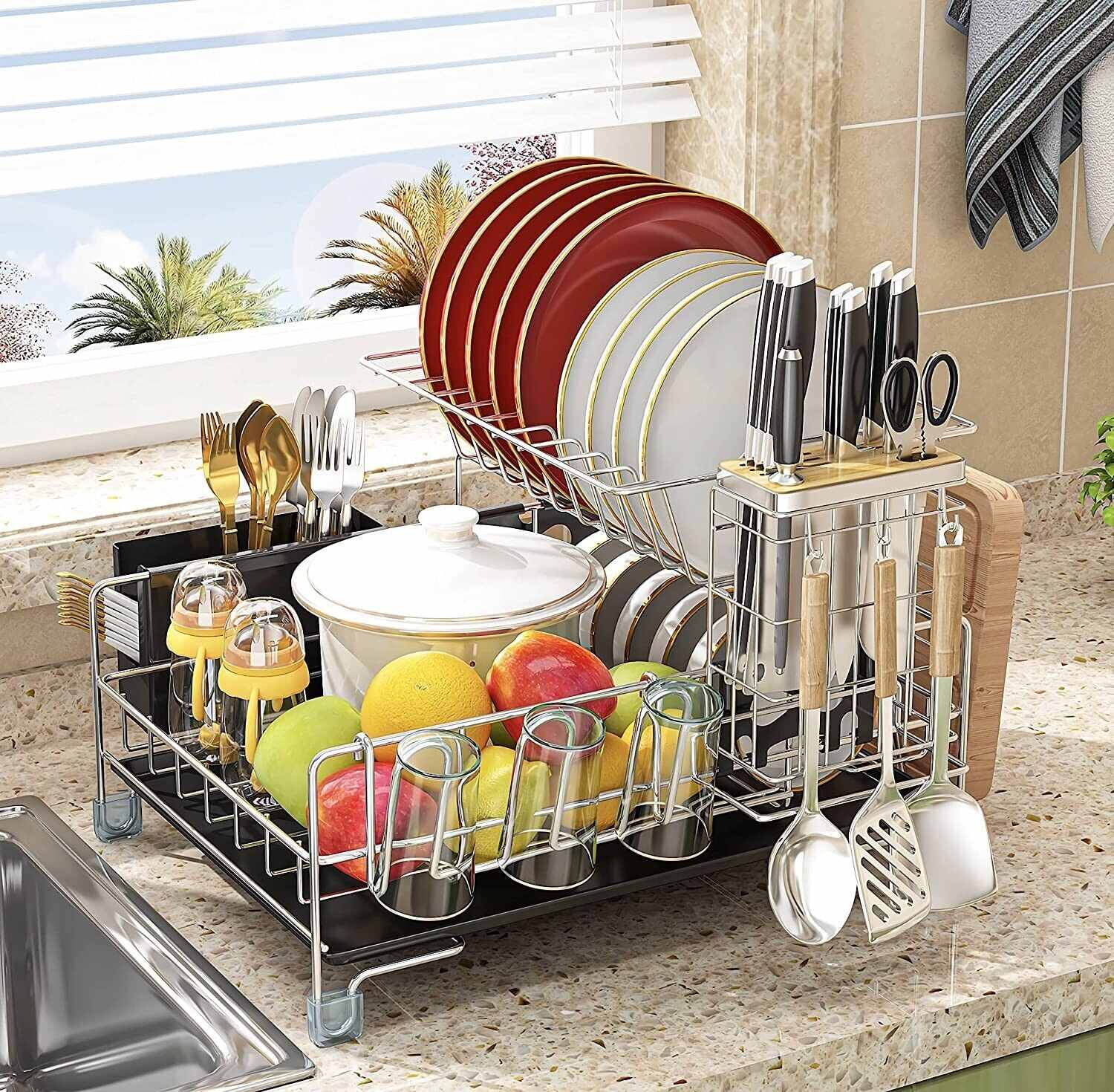
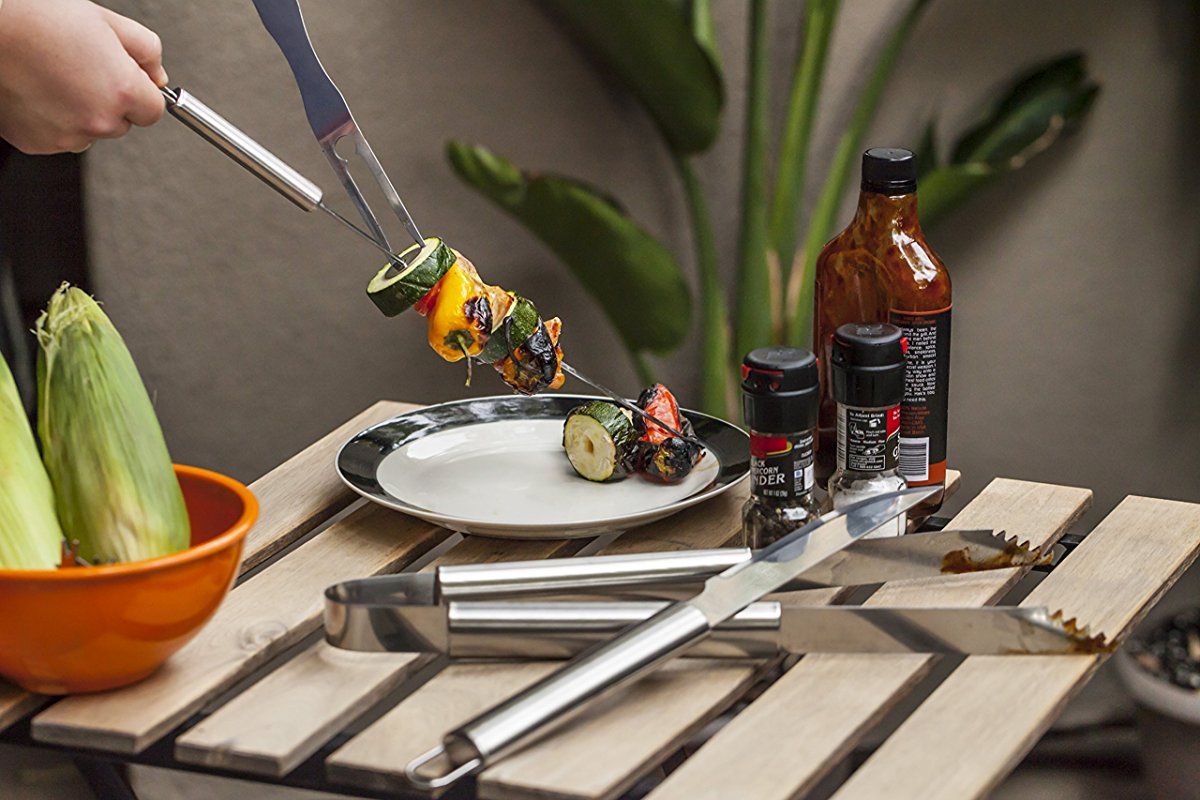
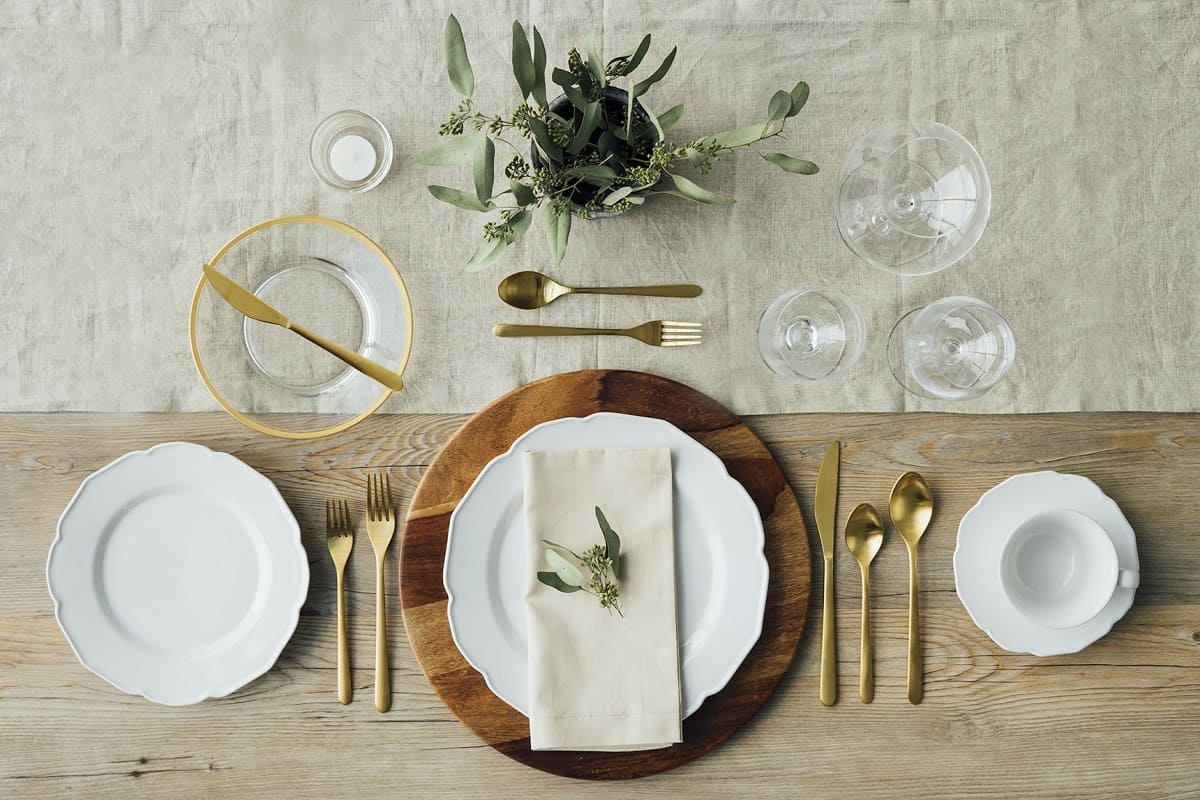
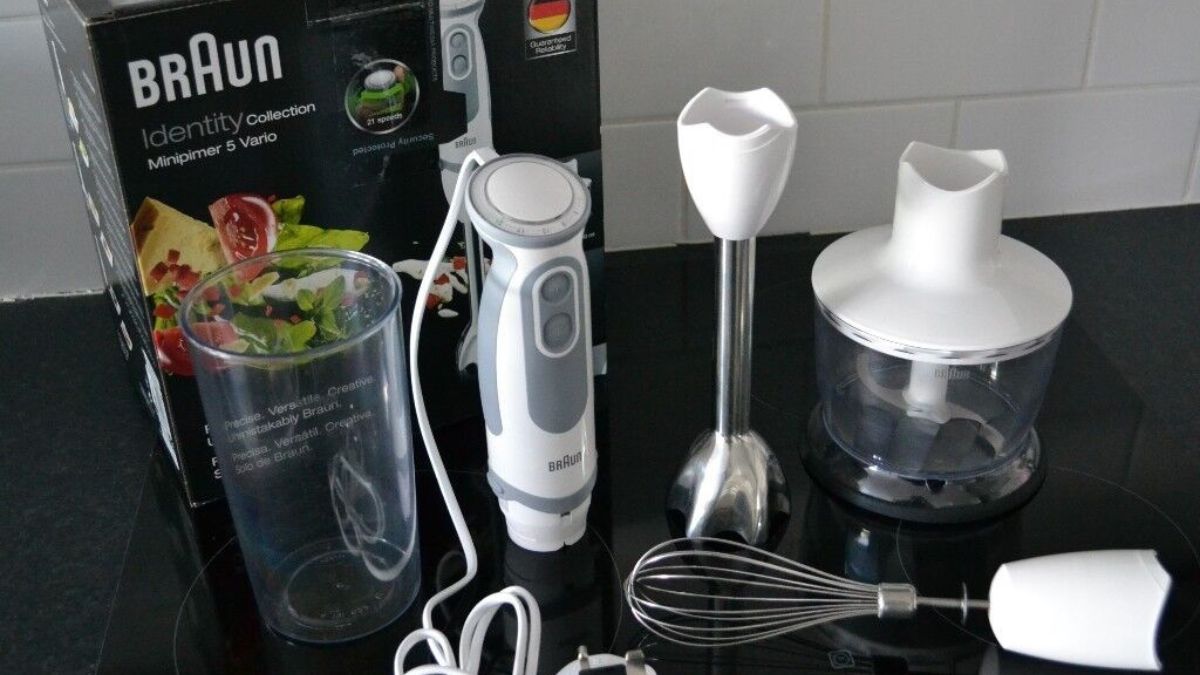
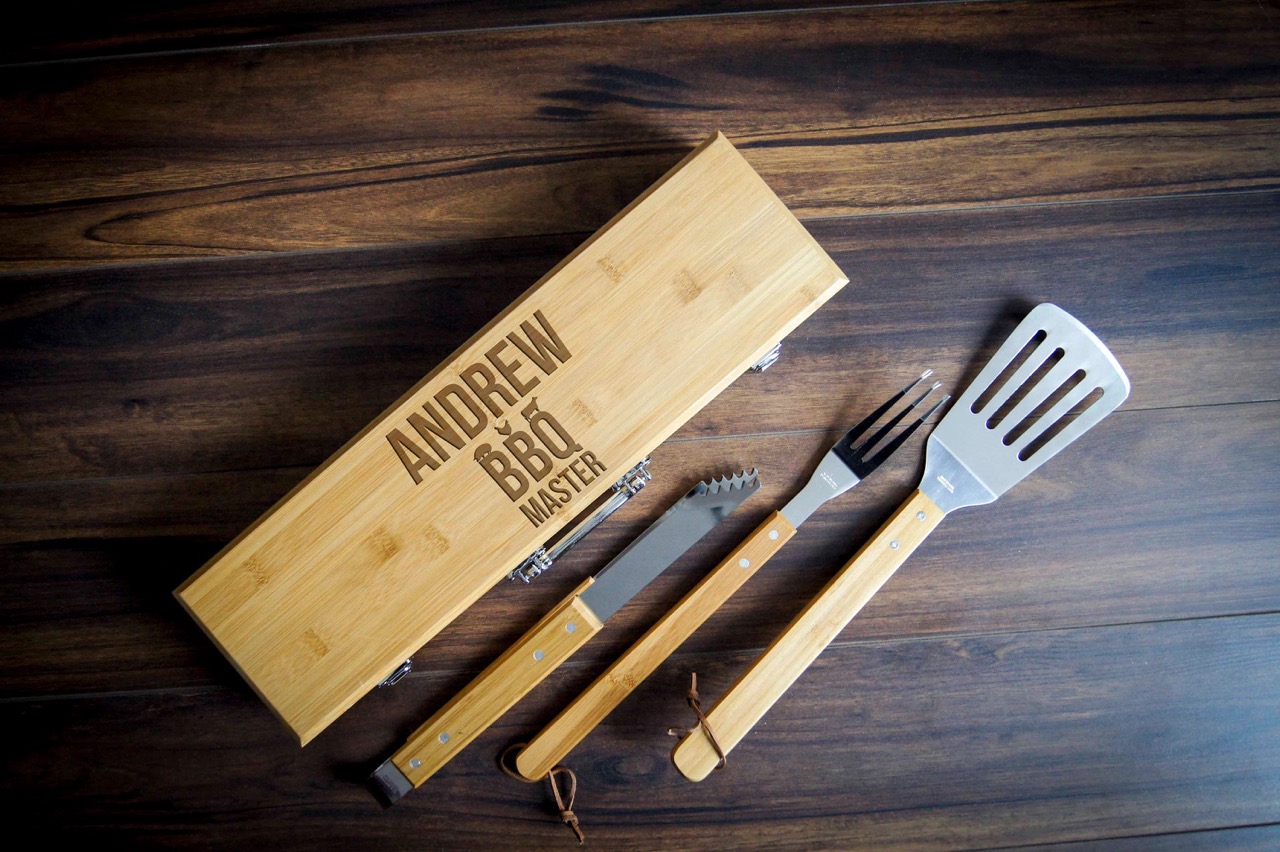

0 thoughts on “How To Store Kitchen Utensils”